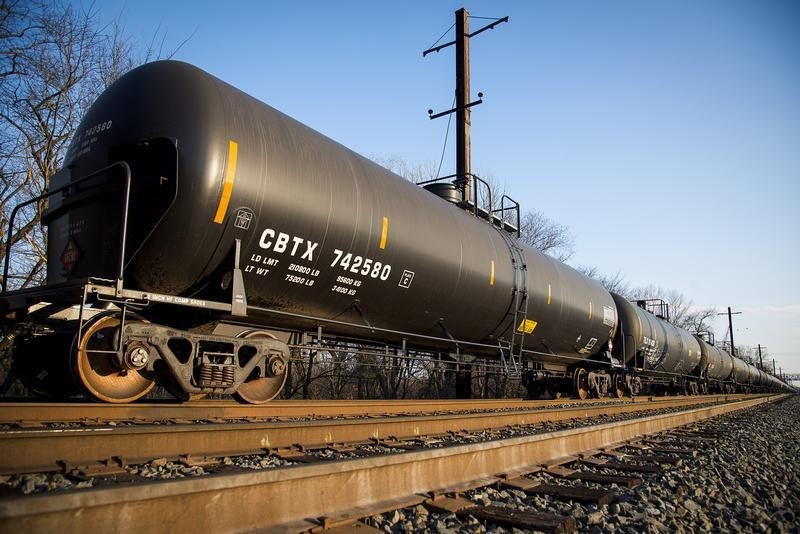5 big analyst AI moves: Nvidia guidance warning; Snowflake, Palo Alto upgraded
* Refiners, offshore producers shut ahead of Hurricane Sally
* IEA trims 2020 demand forecast by 200,000 bpd
* OPEC expects 2020 demand to fall by 9.46 mln bpd
(New throughout, updates prices, market activity and comments
to settlement)
By Stephanie Kelly
NEW YORK, Sept 15 (Reuters) - Oil prices rose more than 2%
on Tuesday, supported by hurricane supply disruptions in the
United States, but demand concerns loomed as energy industry
forecasters predicted a slower-than-expected recovery from the
pandemic.
Brent crude LCOc1 gained 92 cents, or 2.3%, to settle at
$40.53 a barrel, while U.S. West Texas Intermediate (WTI) crude
futures CLc1 rose $1.02, or 2.7%, to settle at $38.28 a
barrel. Both contracts fell on Monday.
Futures gained ahead of Hurricane Sally's expected landfall
on the U.S. Gulf Coast. More than a quarter of U.S. offshore oil
and gas production was shut and key exporting ports were closed
as the storm's trajectory shifted east toward western Alabama,
sparing some Gulf Coast refineries from high winds. "Harsh weather events in the U.S. cause some
unpredictability about its oil production and that's always good
news for prices," said Bjornar Tonhaugen, Rystad Energy's head
of oil markets.
The outlook for oil demand remained weak, capping price
gains. The International Energy Agency (IEA) trimmed its 2020
outlook by 200,000 barrels per day (bpd) to 91.7 million bpd,
citing caution about the pace of economic recovery. "We expect the recovery in oil demand to decelerate markedly
in the second half of 2020, with most of the easy gains already
achieved," the IEA said in its monthly report.
The agency said commercial oil stocks in the developed world
hit an all-time high of 3.225 billion barrels in July, and cut
its forecast for implied stock draws for the second half of the
year.
The IEA's demand revision aligns with forecasts from major
oil industry producers and traders. OPEC downgraded its oil
demand forecast and BP BP.L said demand might have peaked in
2019. World oil demand will tumble by 9.46 million bpd this year,
the Organization of the Petroleum Exporting Countries said in a
monthly report on Monday, more than the 9.06 million bpd decline
OPEC expected a month ago.
Still, a meeting of the OPEC+ joint ministerial committee on
Thursday is not expected to make recommendations for deeper
output cuts, but focus rather on compliance and compensation
mechanisms for its current cuts, sources told Reuters.
Meanwhile, China's crude oil throughput in August rose from
a year ago, reaching its second-highest level on record, as
refineries worked to digest record imports earlier this year.
Investors awaited industry data due later on Tuesday that
was expected to show U.S. crude inventories rose last week.
EIA/S
